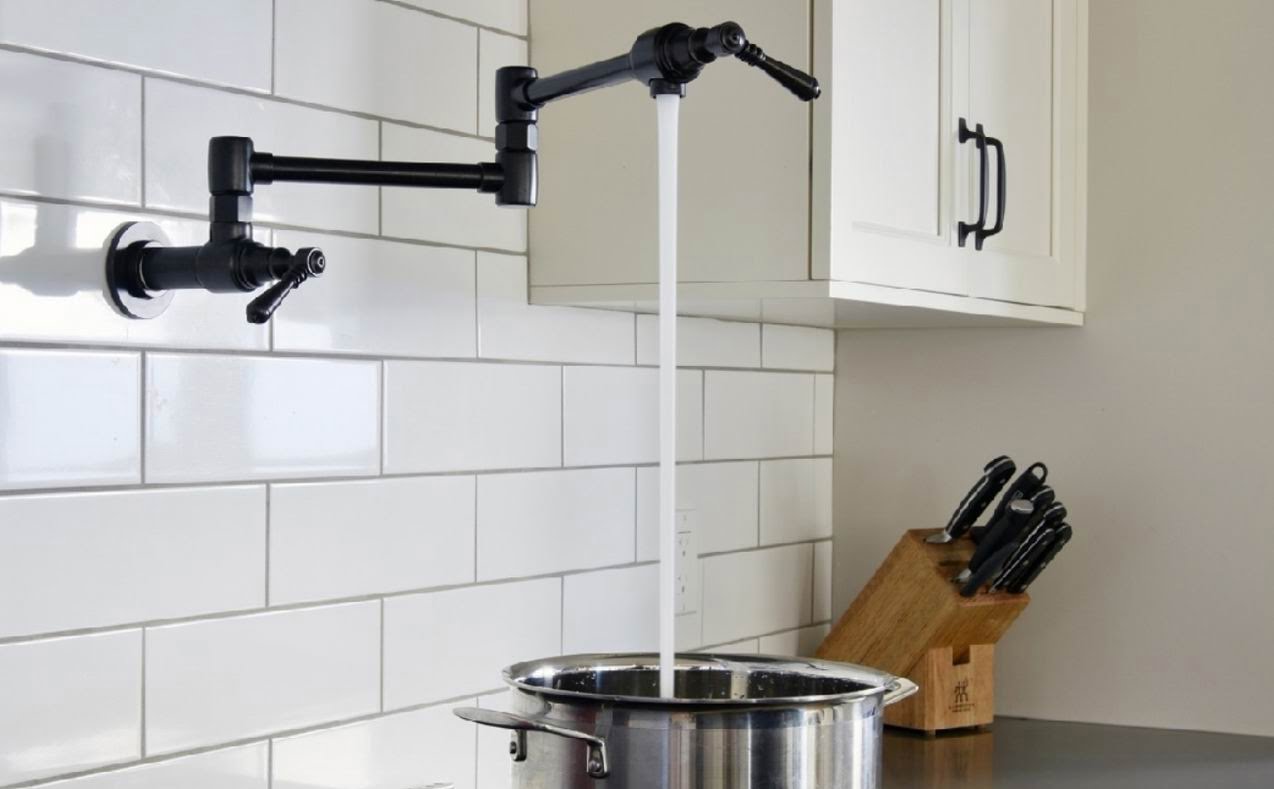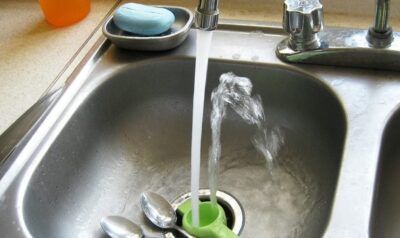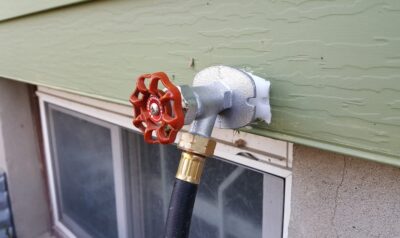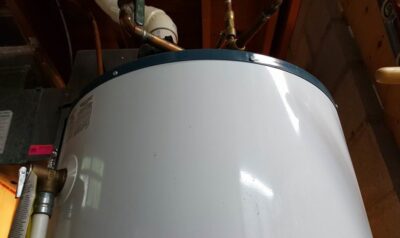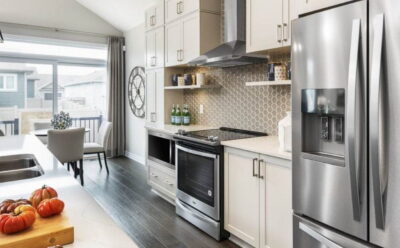 Household plumbing maintenance not only keeps your water flowing properly, it can also control damage from leaks and help ensure everything from your dishwasher to your hot water tank run efficiently.
Household plumbing maintenance not only keeps your water flowing properly, it can also control damage from leaks and help ensure everything from your dishwasher to your hot water tank run efficiently.
You don’t need to be a plumber for many maintenance tasks, but you may need to call on one if you run into serious problems.
Leaking pipes, connections and valves
Twice a year, check the entire water supply in your home for leaks and corrosion. That includes pipes, valves and connections in your basement, laundry room, kitchen and anywhere else you can shine a flashlight.
Water stains in the bottom of kitchen, bathroom and other cabinets are a sign of potential problems, as are water stains on a ceiling or wall.
While you’re at it, make sure water valves can be operated easily — you don’t want to encounter a balky valve if you’ve sprung a leak. A shot of penetrating lubricant like Liquid Wrench, available at hardware and building material stores, will often do the trick. More tips on stuck valves.
Toilets & household plumbing maintenance
Check around the base of all toilets for leaks. Even a small leak can cause major damage over time by rotting the subfloor and even floor joists. If you find a leak, call a plumber.
If you hear water running in your toilet even when it’s not being used and jiggling the handle makes it stop, the flapper valve in the tank has likely worn out. You can also check for this kind of leak by putting a few drops of food colour in the tank and waiting 15 minutes. If you see coloured water in the bowl, you have a leak. Replacing a flap is usually a simple DIY project, as you’ll see in this video:
Appliances
Refrigerators, dishwashers and other appliances can develop leaks over time. As part of your household plumbing maintenance, every six months check the floor around appliances for cracked or warped flooring, which could indicate a water leak. Unless the source of the leak is obvious and the fix simple (replacing the hot and cold water hoses on your washing machine with high-quality steel-braided hoses, for example), call a plumber or appliance repair professional. Check our directory of local pros if you need a plumber.
Faucets
The aerators in your indoor faucets should be 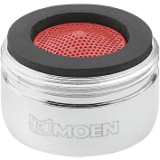 cleaned a couple of times a year to ensure a clean flow of water. It’s a simple process when you know how, though it can take a bit longer if you’re in rural area with very hard water. Here’s how to do it.
cleaned a couple of times a year to ensure a clean flow of water. It’s a simple process when you know how, though it can take a bit longer if you’re in rural area with very hard water. Here’s how to do it.
In the fall, close off your outdoor faucets so they don’t freeze over the winter. Learn how here.
Hot water tanks
A hot water tank will last 10 years or longer depending on usage, water quality and other factors. However, it needs to be maintained to ensure long life and efficient operation. That means draining the tank once a year to eliminate sediment and checking the pressure relief valve for correct operation. Maintaining your hot water tank is another DIY project that most homeowners can tackle with a bit of know-how.
Plugged sinks, bathtubs and showers
As part of your household plumbing maintenance routine, run the faucet at full blast. If the water doesn’t drain quickly, you probably have a blockage (hair is a common culprit).
In a sink, start by checking for hair and other debris caught at the top of the drain, using a flashlight to illuminate where the sink empties into the drain. If hair is present, wet it thoroughly and use needle-nose pliers to extract it.
In a shower, check the drain cap, which should be easily removable.
If hair removal doesn’t solve the problem, check here for more solutions for your sink and here for your shower.
To prevent drains from getting clogged, don’t pour grease down them (it can accumulate into a gross blockage); use a mesh drain filter, available at hardware and other stores, to catch hair; and put food waste in your organic recycling bin or compost pile instead of using the garbage disposal unit, which can block your pipes with ground-up food.
Stinky drains
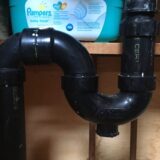 If a sink drain is emitting a bad smell, the cause may be a dry p trap. A p trap is the section of plumbing under the sink that holds water to prevent sewer gases from getting into your home. A seldom-used sink means the trap can dry out, allowing the rotten smell into your home.
If a sink drain is emitting a bad smell, the cause may be a dry p trap. A p trap is the section of plumbing under the sink that holds water to prevent sewer gases from getting into your home. A seldom-used sink means the trap can dry out, allowing the rotten smell into your home.
Solution? Just run the water for a minute so the trap fills up again. Depending on how often you use the sink, you may need to do this a couple of times a year or more.
Smelly shower drain? Accumulated hair, soap scum and debris could be the culprit, and a simple mix of baking soda and white vinegar could be the solution.
Got a maintenance task you’re not sure how to do?
Drop us a line at info@allthingshome.ca or message us through Facebook.
